
Maraunenhof is a district of Kaliningrad (also a garden district), which was once a suburban quarter of north Konigsberg, Germany (now the city of Kaliningrad).
Currently, the territory of Maraunenhof is part of the Leningrad district of the city of Kaliningrad.
The property in the Maraunenhof area, originally called Maraunen, has been located in the forest area west of Oberteich (now Lake Superior) since 1571. The area was named after a Prussian farmer named Maraun, who acquired land in the area in 1605. Later, the Maraunenhof estate was built on this site.
The district finally emerged and began to develop at the beginning of the 20th century, after the old fortifications lost their military significance in 1906 and were sold by the military department to the city, and after, most of which were demolished. It was at this time that Konigsebrg began to grow beyond the former city walls, where full-fledged urban areas began to appear, one of which was Maraunenhof.
In the Maraunenhof area, mostly private mansions and elite housing were built, either in the Art Nouveau style or in the style of a country type, with the architecture of a rural German house. The houses in the Maraunenhof district, although elite, were still more modest than in the famous and larger suburban quarter of Amalienau.
While most of Konigsberg was badly damaged by the 1944 bombing of the city and the 1945 Battle of Konigsberg, Maraunenhof remained relatively unscathed during World War II.
Currently, the Maraunenhof district is a remnant of the historic German quarter, with cobblestone streets and still preserved, albeit few, houses of the former Konigsberg. Most of the buildings of the district were either reconstructed or completely rebuilt and have already lost their former charm. However, the area remains more or less a quiet and peaceful place with an abundance of greenery and a predominance of private houses, located in the center of Kaliningrad, near the northern tip of Lake Superior.
Nowadays, there are no specific attractions in the Maraunenhof area, you can just walk around here, while considering buildings with rare, partially dilapidated, but still inherent old buildings (villas) of interest from an architectural point of view.
The main street of Maraunenhof is Telman Street (from the intersection with Verkhneozernaya), formerly the Augusta-Victoria Alley (Auguste-Viktoria Allee) and Duke-Albrecht Alley (Herzog Albrecht Allee). From Telman Street, the narrower and more pleasant in all respects streets of the former Maraunenhof district diverge in different directions.
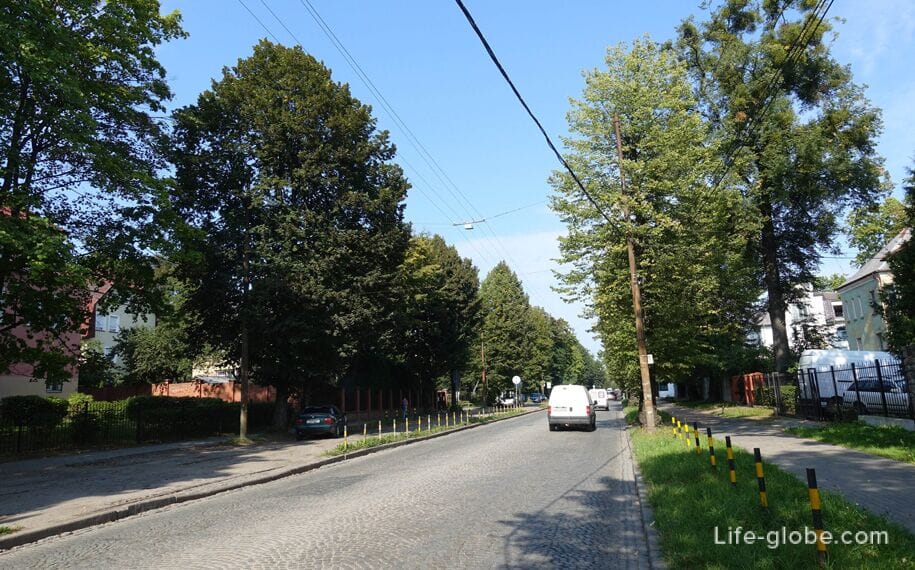
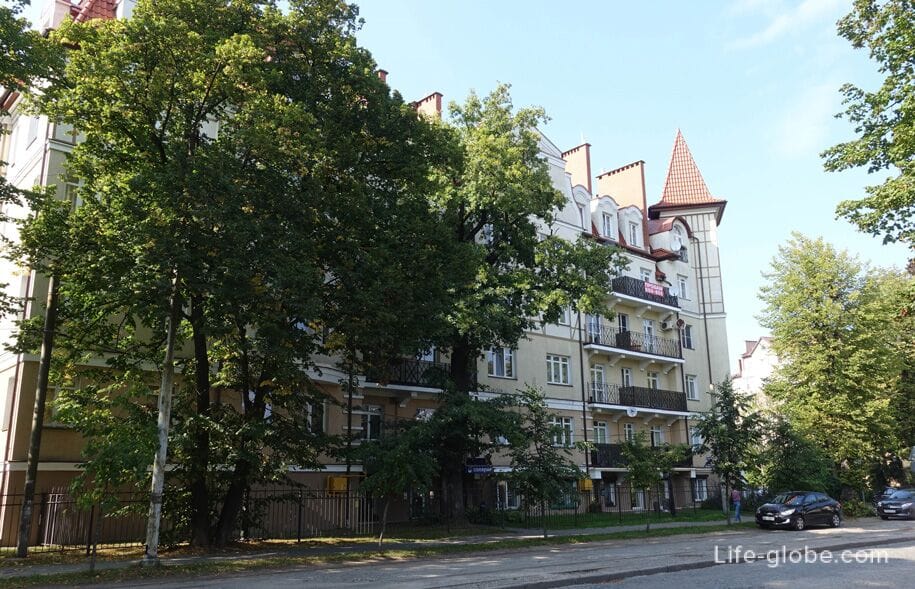
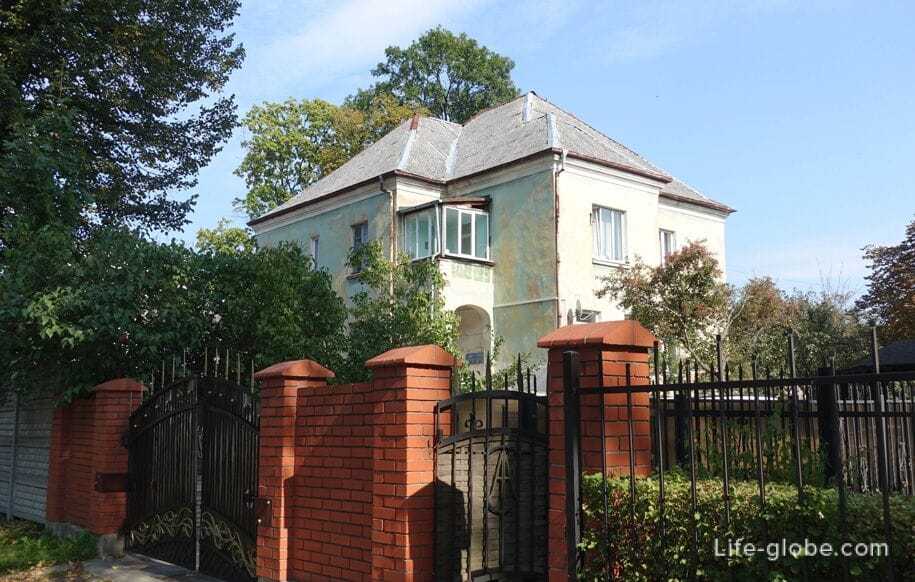
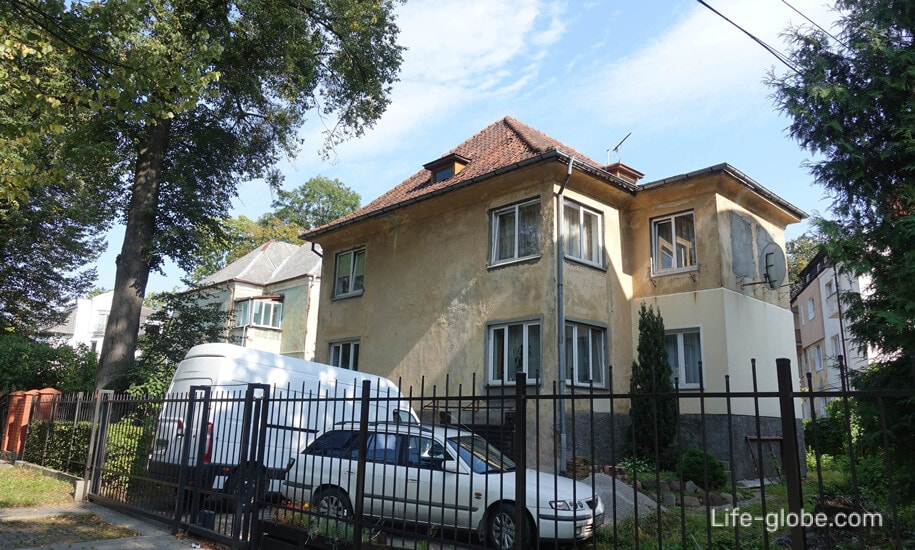
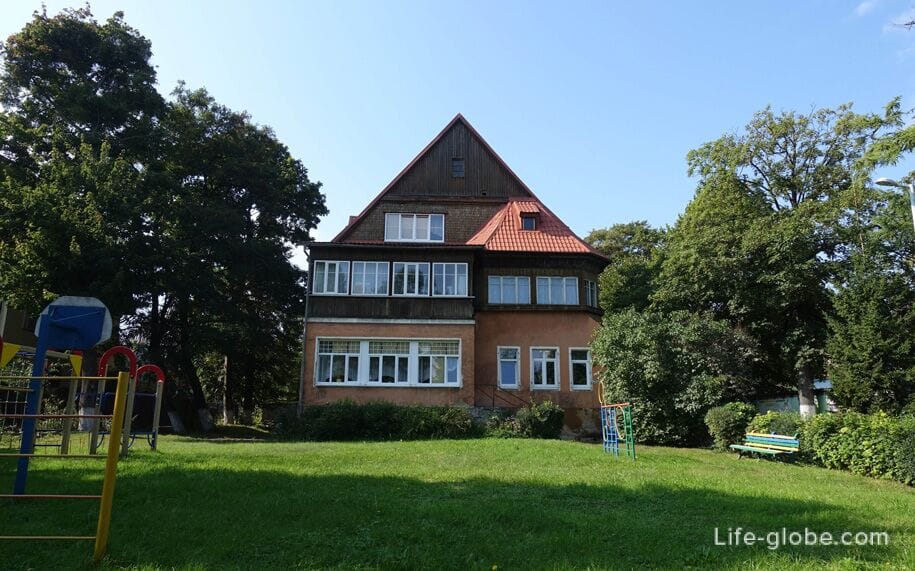
A small square at the intersection of Telman and Gogol Streets - formerly Bismarck Square (Bismarckplatz).
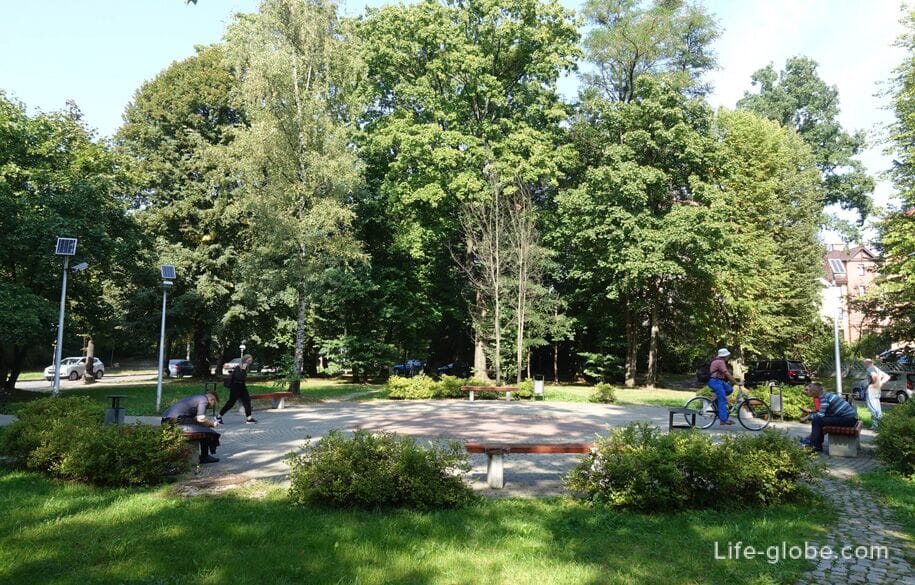
Also noteworthy is Verkhneozernaya Street, which runs along part of the Upper Lake embankment - still prestigious and one of the best places in the city for walking and recreation. The former streets of Oberteihufer and Schneiderstrasse.

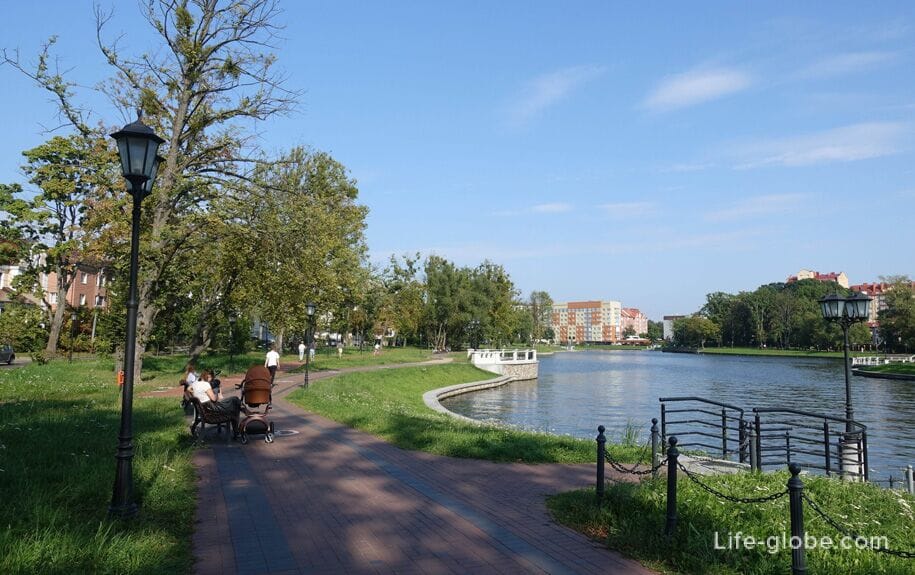
Leni Golikova Street, formerly Verkhnerstrasse (Wehnerstrasse).
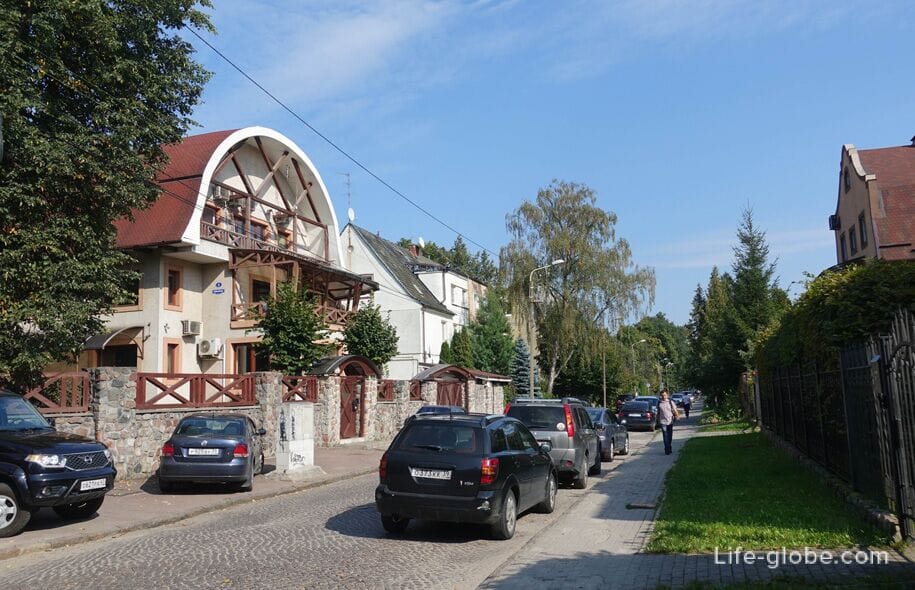
Gogol Street, formerly Wicherstrasse. Perhaps the best of the streets of the current Maraunenhof.

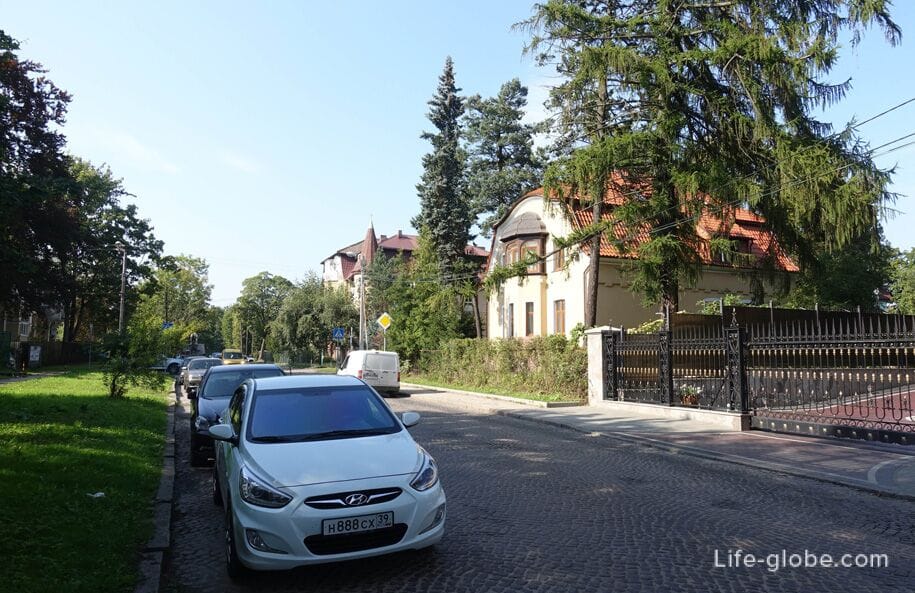
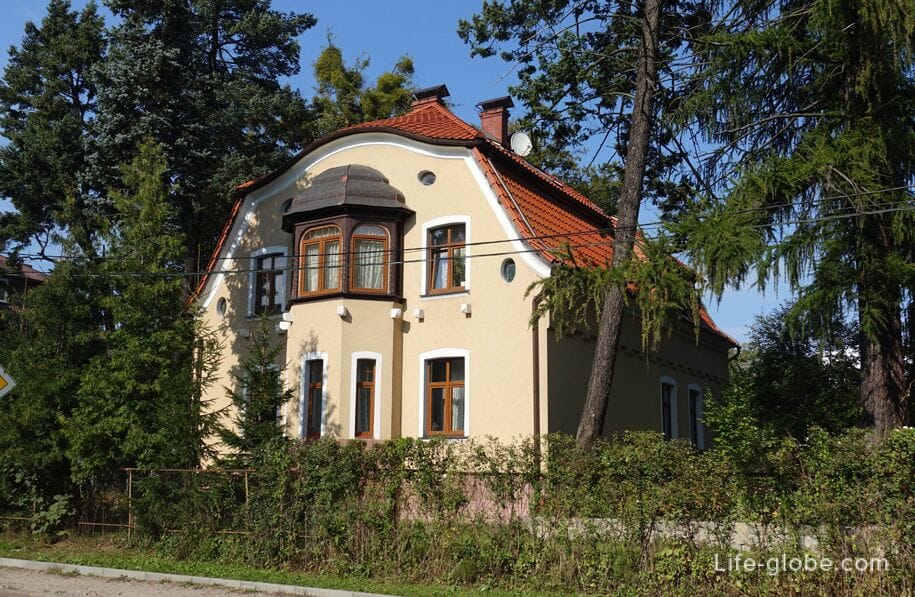

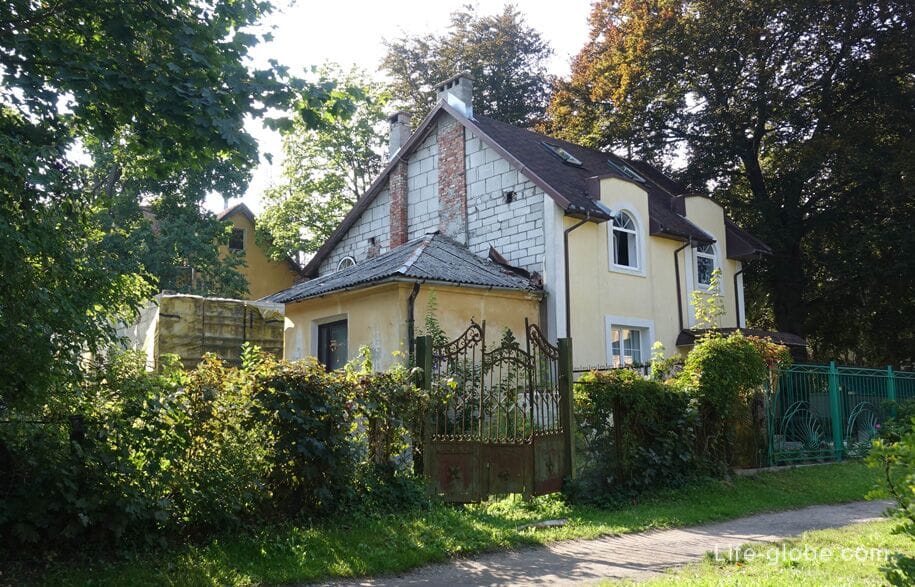
The house (villa) built in 1905 with a painting in the entrance is an architectural monument of municipal significance.
The villa, 1 Gogol Street, is a two-storey corner house with a mansard roof and a small tower on the corner. There was once a painting in the Art Nouveau style on the stairwell, now the walls of the entrance are partially painted with a poisonous green color.
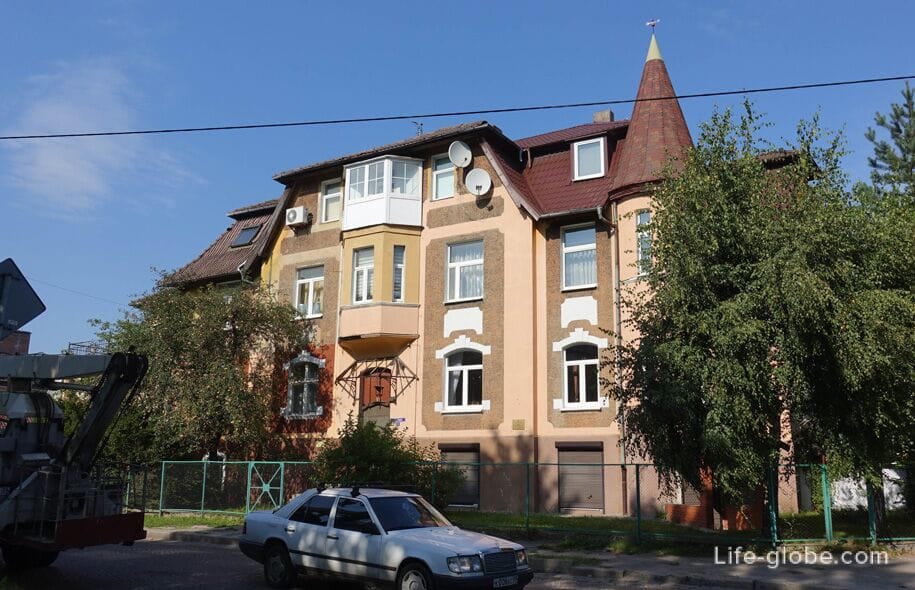

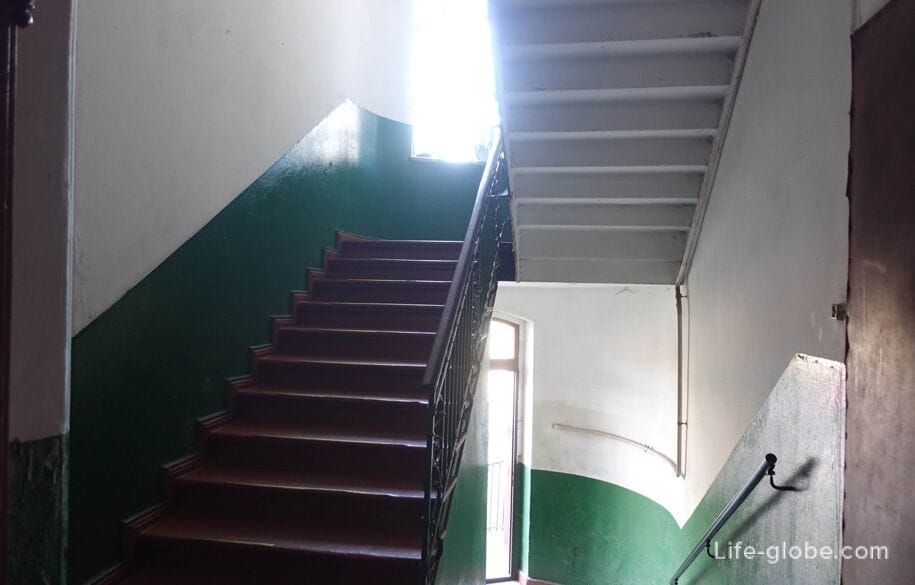
Opposite the house with a painting, at Gogol's address, 2, there is a two-story corner double residential building with a mansard roof, built around 1905.

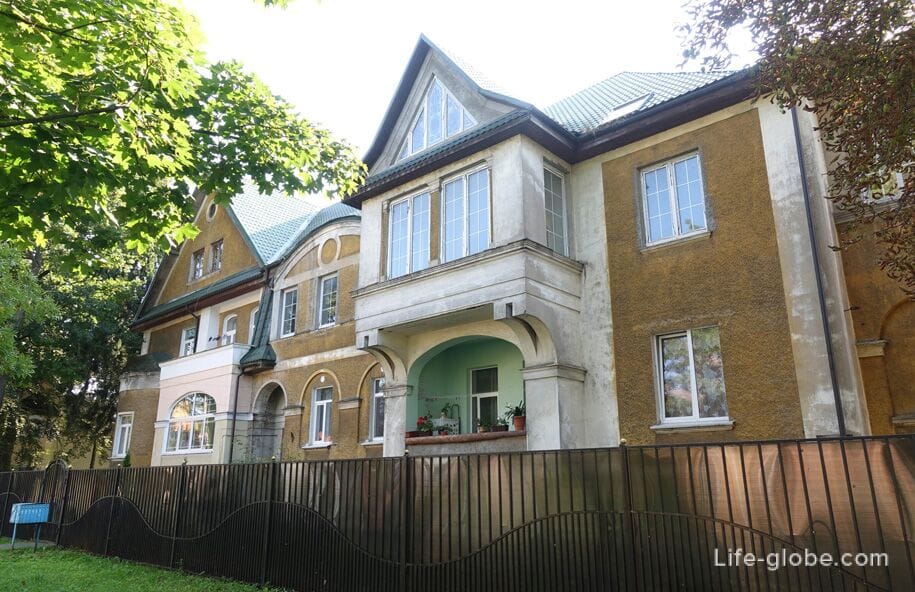
Here, on Gogol Street, near the Upper Lake embankment, there is a 4-star Oberteich Lux Hotel, offering its guests apartments, free parking, free Wi-Fi and free access to the indoor pool in the fitness center. Breakfast is included in the room rate.
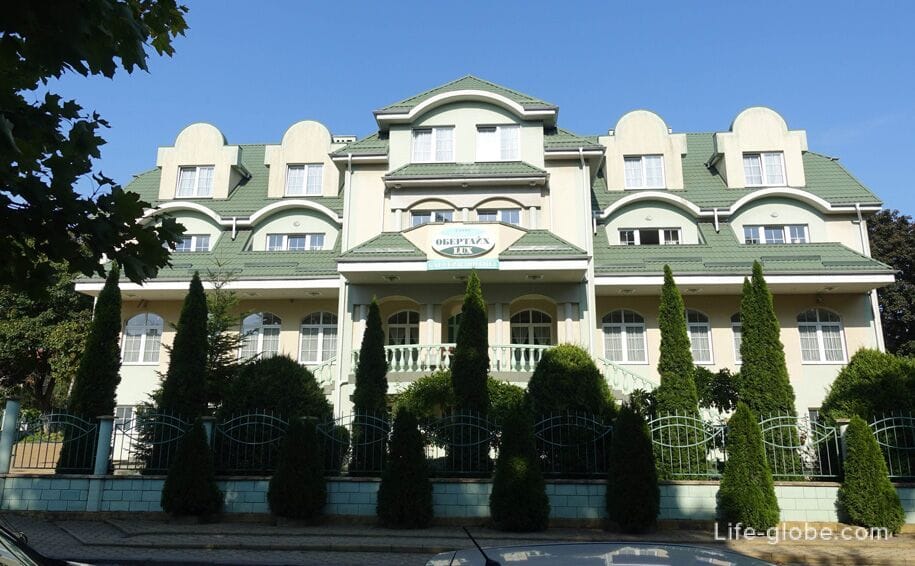
Turgenev Street, formerly Hoverbeckstrasse.
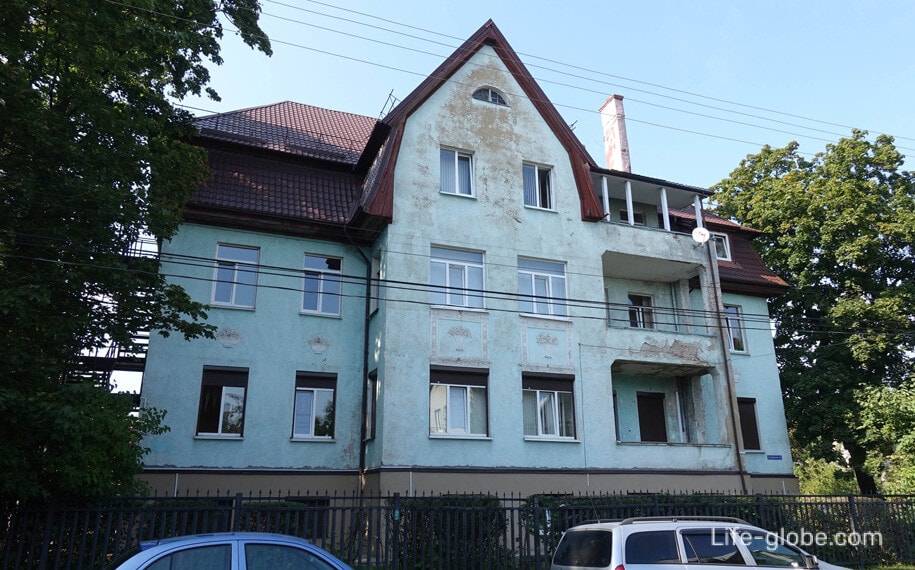
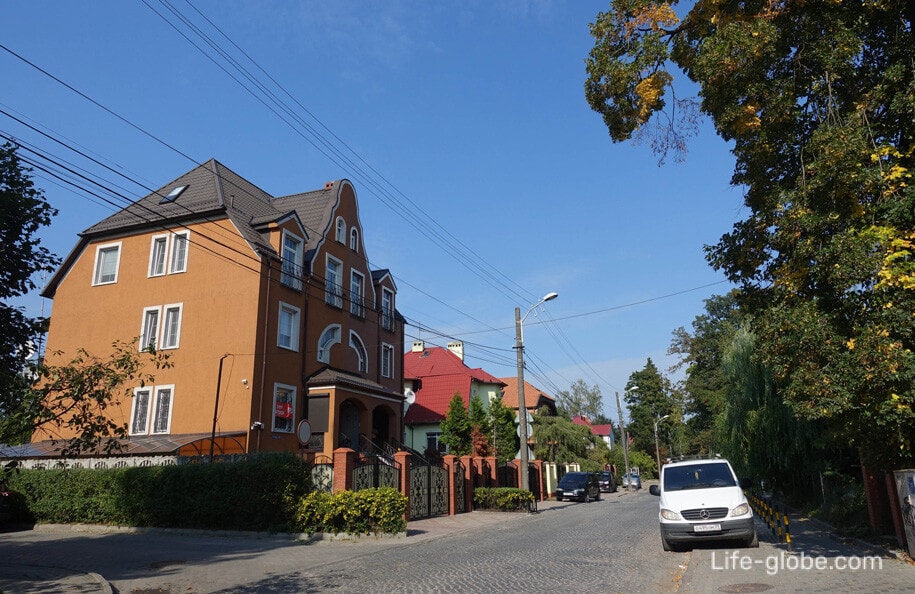
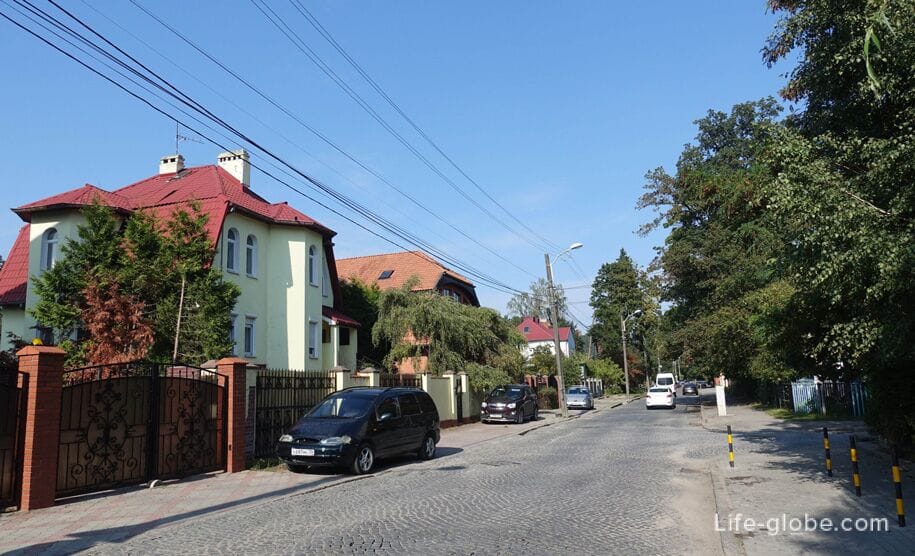
Lermontov Street, formerly Lonsstrasse.

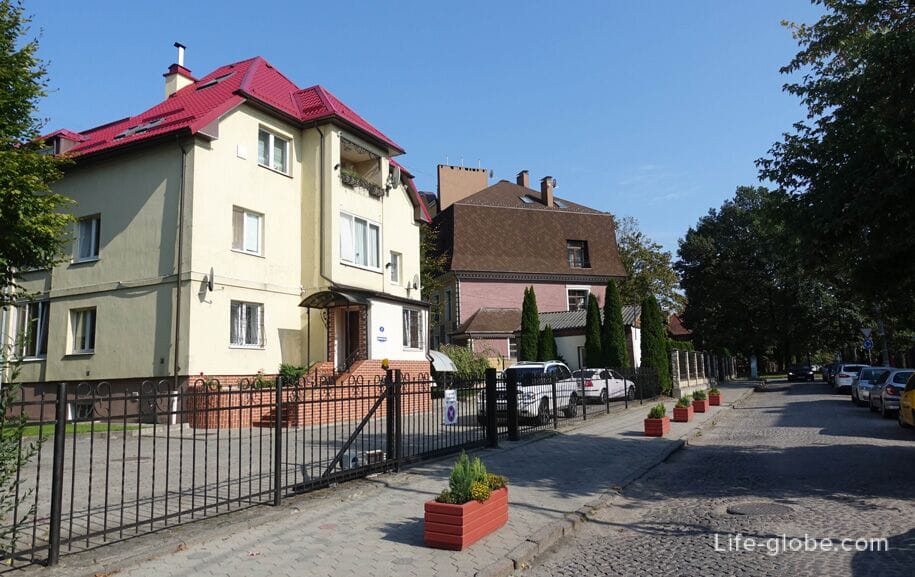
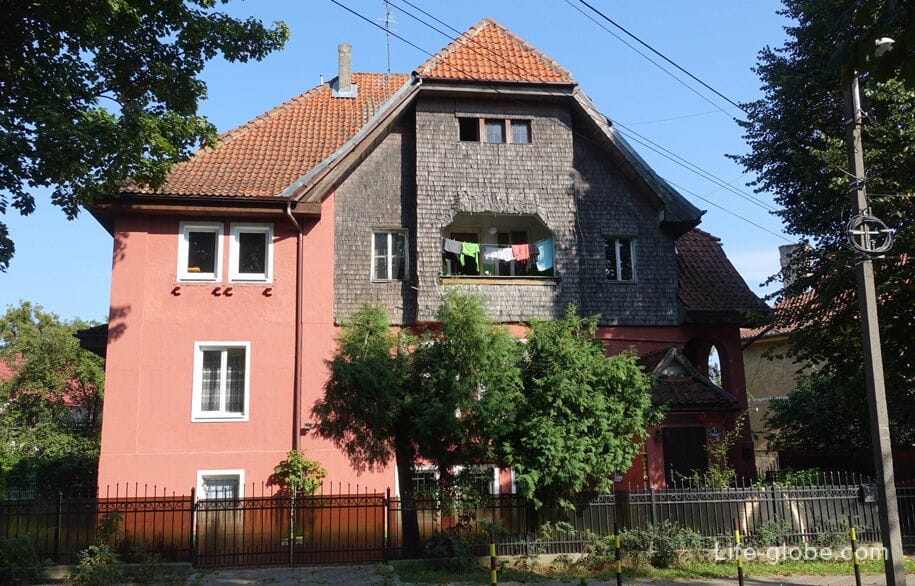
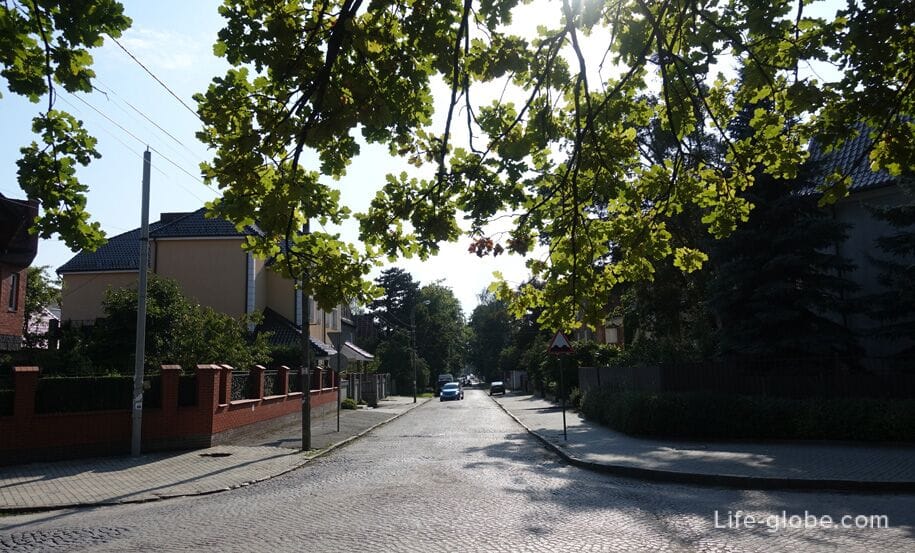
Bus No. 14 and minibus No. 61, 75 run along Telman Street.
The distance from Victory Square (the central square of Kaliningrad) is about 1.5 kilometers.
You can combine a tour of Victory Square with a walk along the embankment of Lake Superior, and then go to the Maraunenhof district. Or from Victory Square, walk along Leninsky Prospekt (the facades of houses along the avenue were restored on the eve of the 2018 FIFA World Cup) to the Lower Lake and, along the Lower Lake, and then the Upper Lake, go to the Maraunenhof district. Near the Lower Lake is The Cathedral of Kant and Fish village.
The distance from the Fishing Village and the Cathedral of Kant is somewhere 4 - 4.5 kilometers. You can combine a visit to the Maraunenhof area with a tour of the Fishing Village and the Kant Cathedral, then the Lower and Upper Lakes.
Near the Upper Lake, on Marshal Vasilevsky Square, there is an Amber museum.
Botanical Garden of the Baltic Federal University named after I. Kant, located on the territory of the former Koenigsberg Urban Horticulture (1904-1945, area - 12.5 hectares.), opened in the suburb of Maraunenhof.
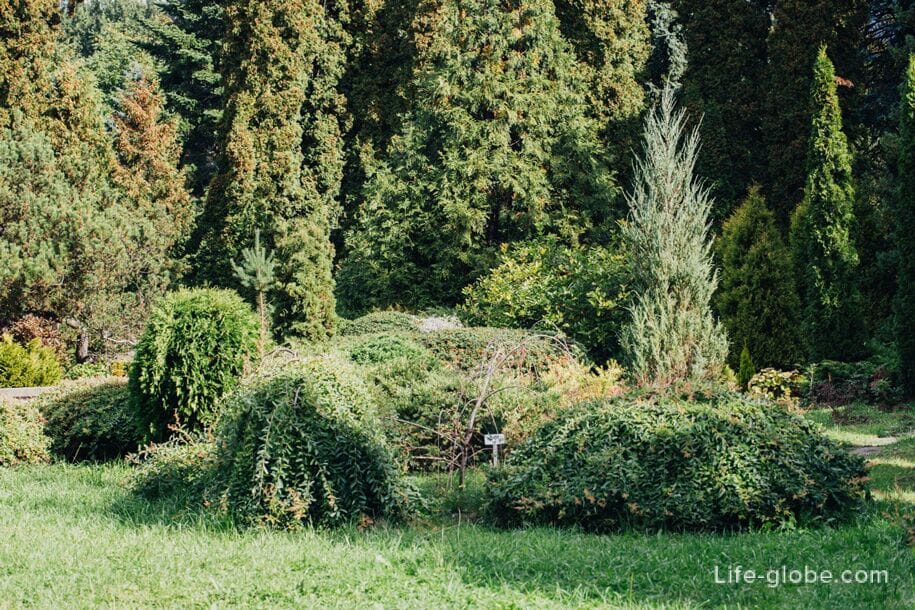
Upper Lake and The lower lake is a favorite place for walking and recreation among locals and visitors of the city.
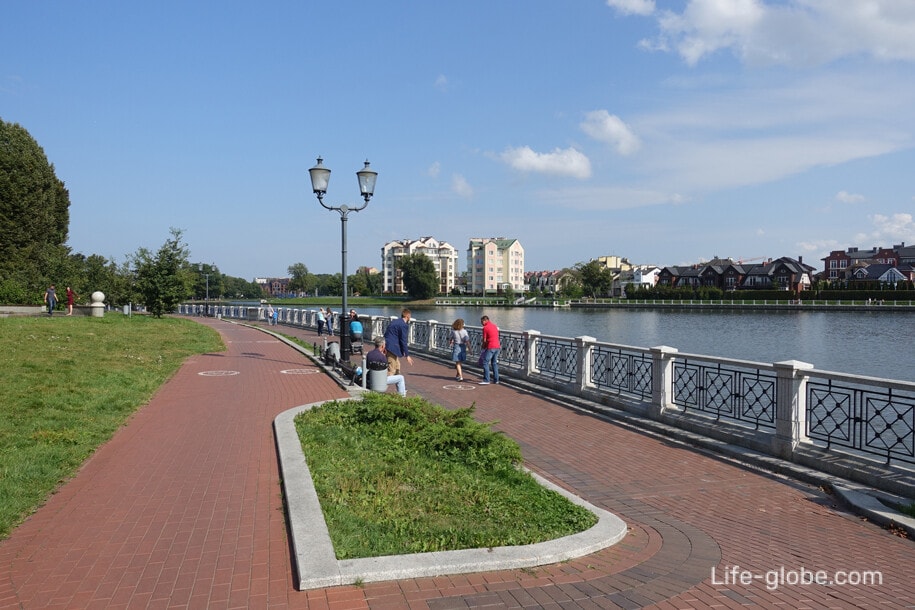
Yunost Park is one of the most popular city parks in Kaliningrad.
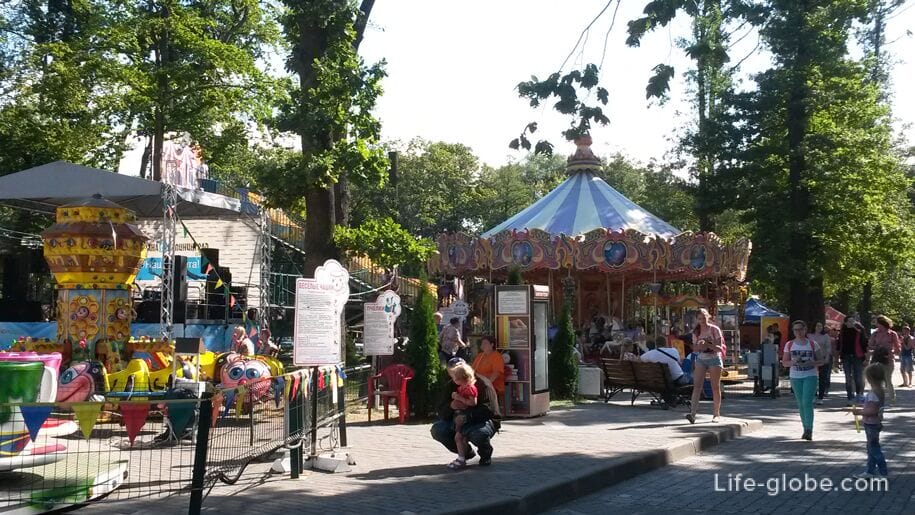
The Wrangel Tower is a fortification built in Konigsberg.
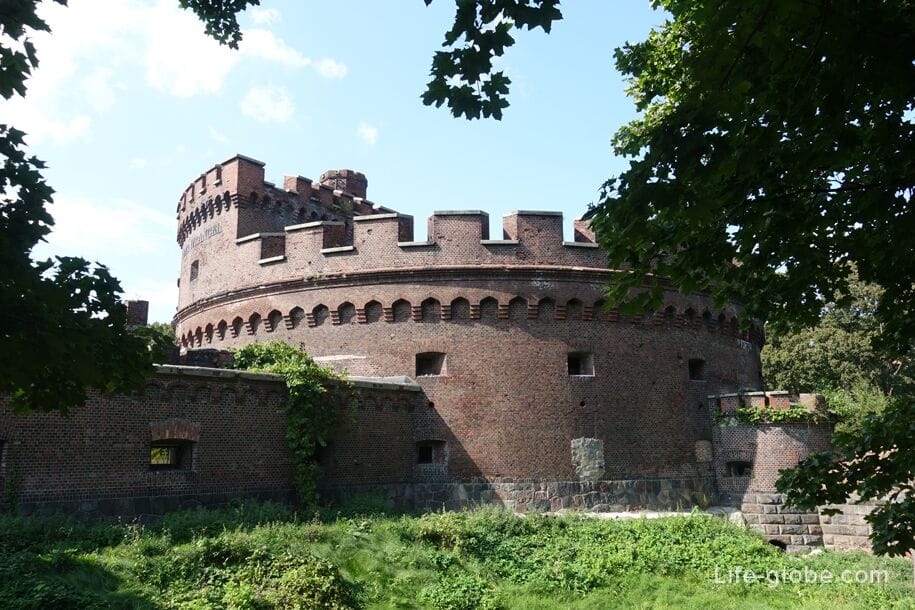
The Amber Museum, located in the fortification - the Don Tower.
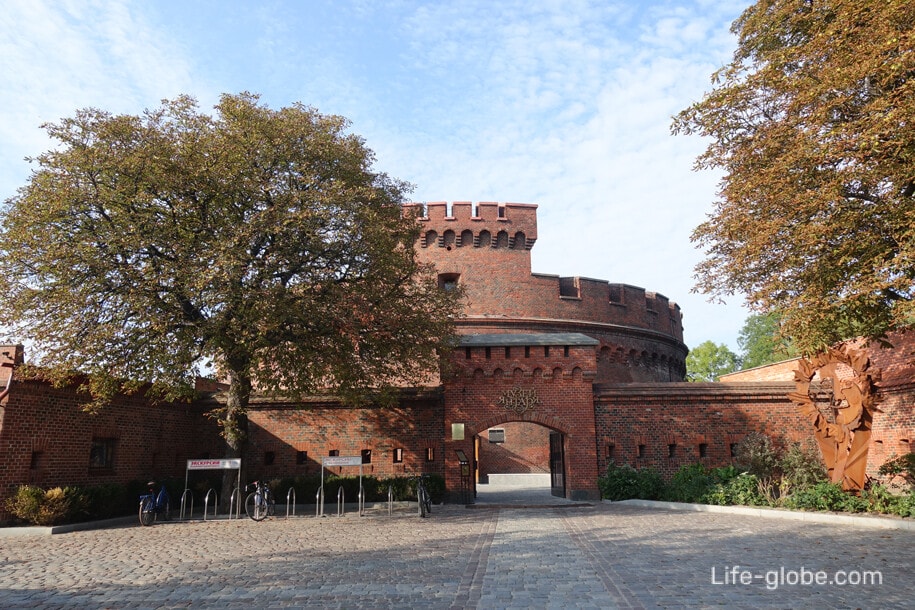
Rosgarten Gate is one of the seven preserved city gates of Kaliningrad.
